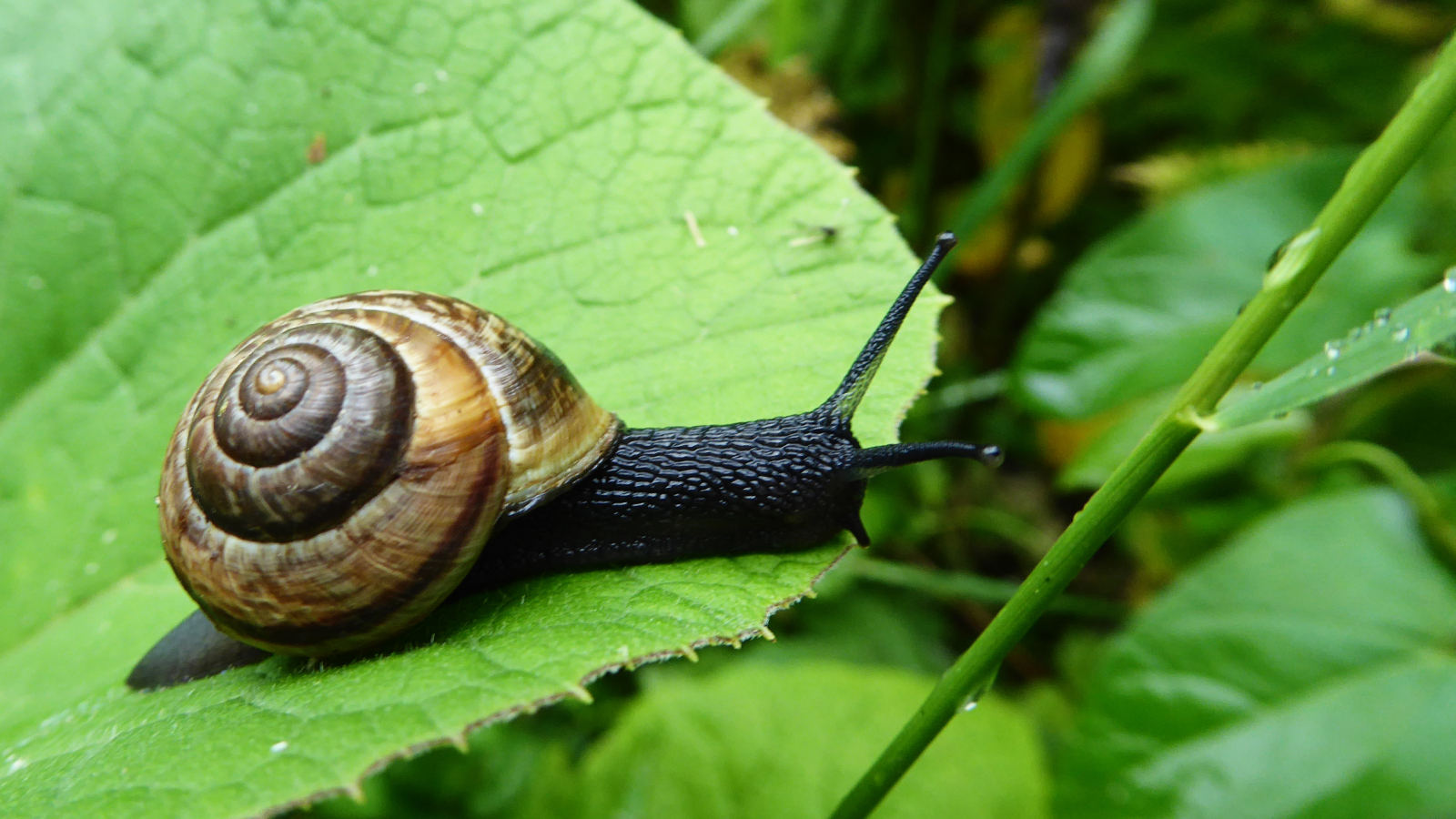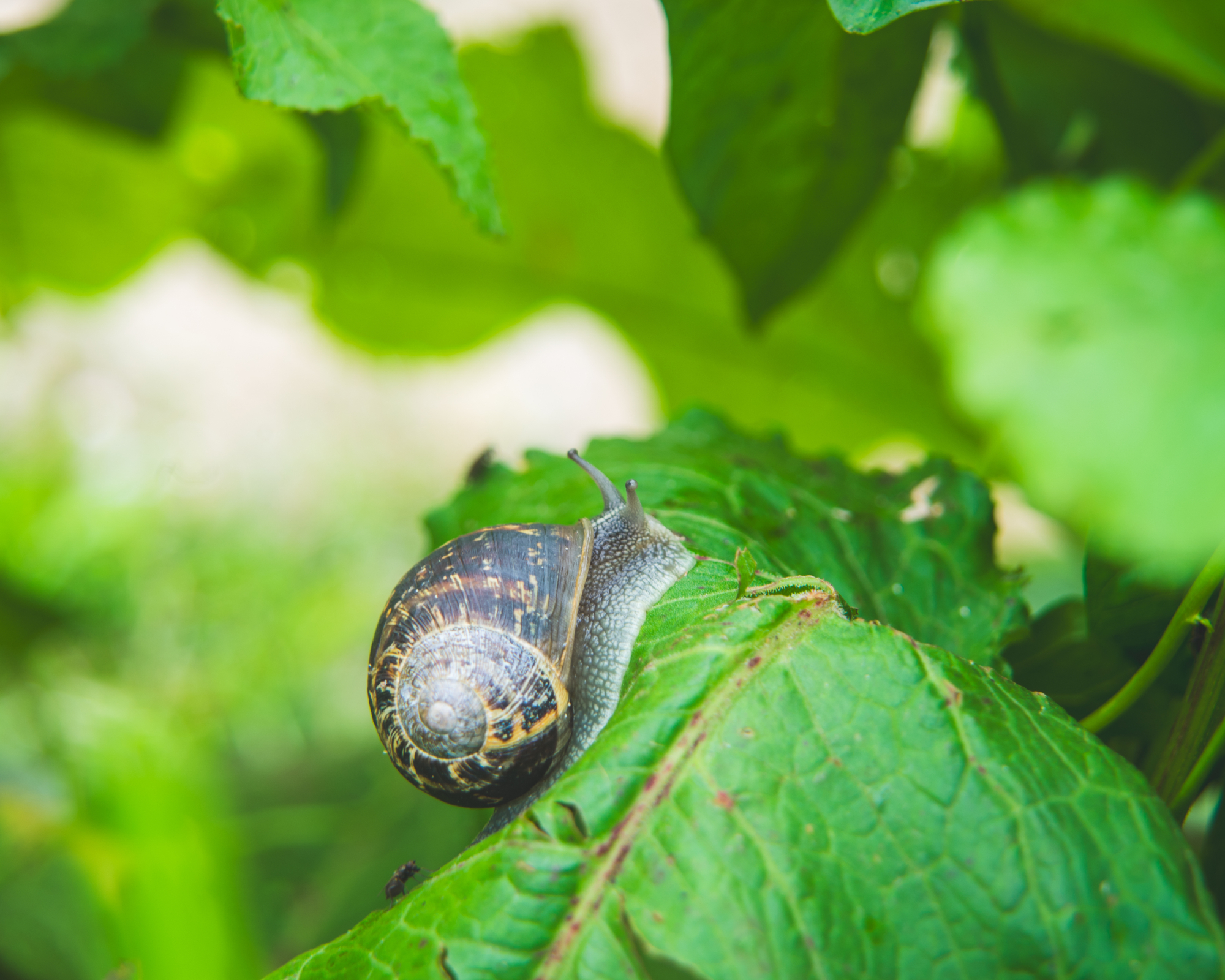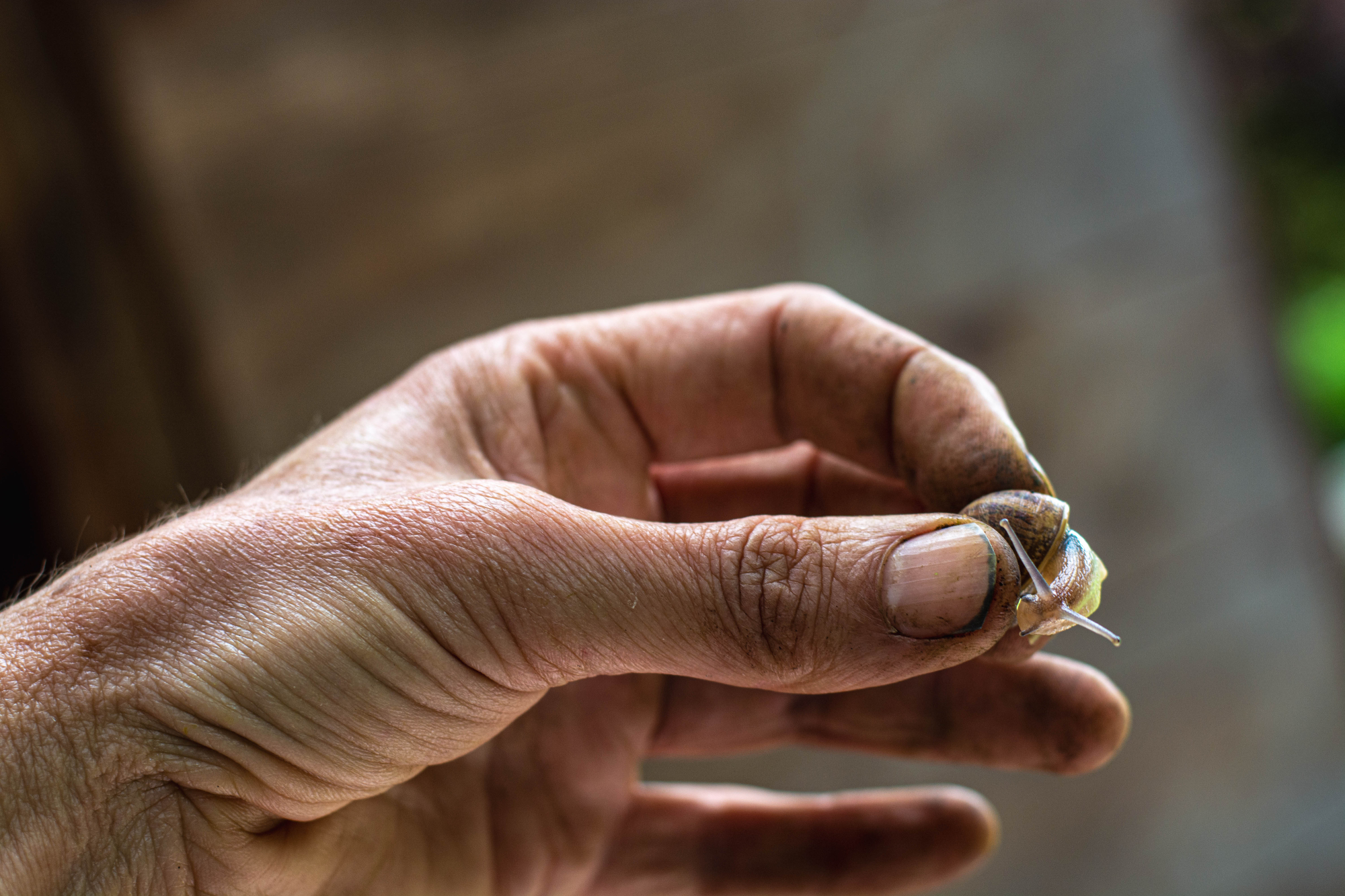How To Get Rid Of Snails And Keep Them Away Naturally Without Harming Plants, People, or Pets
You don't have to give in to the little land mollusks. Take back control of your garden with these easy tips for getting rid of snails naturally.


Snails in the garden can be a nuisance, but not all species are pests. Many snails, and slugs, consume decaying matter or prey on insects. Those that eat fresh plants can be a problem. Knowing how to get rid of snails that feed this way can protect your plants.
Some types of pest snails are bad for your garden because they feed on fresh plant material. This can cause a lot of damage. Not all snails are bad, though. If you are concerned about harming beneficial, or at least innocent, snails, try to identify the species causing damage before taking further steps.
Snails are one of the most common garden pests, but luckily they are fairly simple to deal with. Let's explore how to best deal with snails in the garden.
What Causes a Snail Infestation?
If you have a lot of snails, it’s likely that your garden provides the right conditions for them. They thrive in moist plant matter and debris, under rocks, in weedy areas, and in mulch and decaying wood, like fallen logs. They do not thrive in dry, sunny areas with little plant matter.
Types of Garden Snails

The types of snails in your yard and garden depend on where you live. In some areas, you may have invasive species. For example, common in West Coast, East Coast, and southern gardens is the brown garden snail, which was brought to the U.S. from France as food. The white garden snail is another damaging species.
Slugs are not snails, but they are similar and can also cause damage. If you want to know for sure what types of snails are in your yard or causing plant damage, get a picture and send it to your local extension office for identification. You’ll have to get out in the dark to find them, though, as snails rarely come out of hiding during the day and certainly not on sunny days.
How to Identify Snail Damage
Snail damage on plants takes the form of oblong holes. You’ll mostly see them on leaves but also on some flowers. If a plant has thick leaves, look for damage on just one side. Also look for characteristic slime trails around damaged plants. They are most visible first thing in the morning.
Sign up for the Gardening Know How newsletter today and receive a free copy of our e-book "How to Grow Delicious Tomatoes".
How to Get Rid of Snails in the Garden

The first line of defense against snails should be prevention. Take steps to make areas around your plants undesirable to snails and slugs. This means eliminating shady and damp hiding spots near plants. Keep areas around plants clear of decaying plant material, excess mulch and any wood or stones they could hide under.
Removing or reducing mulch isn’t always practical. Turn it over in spring to expose any slugs and their eggs to predators. This should reduce the population.
Handpicking snails and tossing them into a bucket of soapy water is a simple and effective way to control their population and should be done weekly. Another strategy is to make a snail trap to catch them as they creep around your plants. Put out moist pieces of cardboard. They will hide under these during the day, and you can then remove them.
Sprinkling diatomaceous earth around the garden can also control snail populations. Food grade diatomaceous earth can be found on Amazon. A beer bait trap will trap snails and slugs overnight. And this clever grapefruit trap will catch slugs and snails using an old grapefruit peel that would otherwise be thrown away.
Frequently Asked Questions
Are Snails and Slugs the Same?
No, they are not the same type of animal, although they are similar. They are both mollusks and there are multiple species of each type. A primary difference is that snails carry a shell on top of their bodies for protection. Slugs do not have this protection and tend to burrow deep into the soil.
Does Salt Kill Snails?
Salt dehydrates and kills snails and slugs, but it’s not usually a good pest control option. A barrier of salt around a plant will eventually seep into the soil with watering and rainfall and harm the plant. Salt can also hurt other animals that are not pests.

Mary Ellen Ellis has been gardening for over 20 years. With degrees in Chemistry and Biology, Mary Ellen's specialties are flowers, native plants, and herbs.